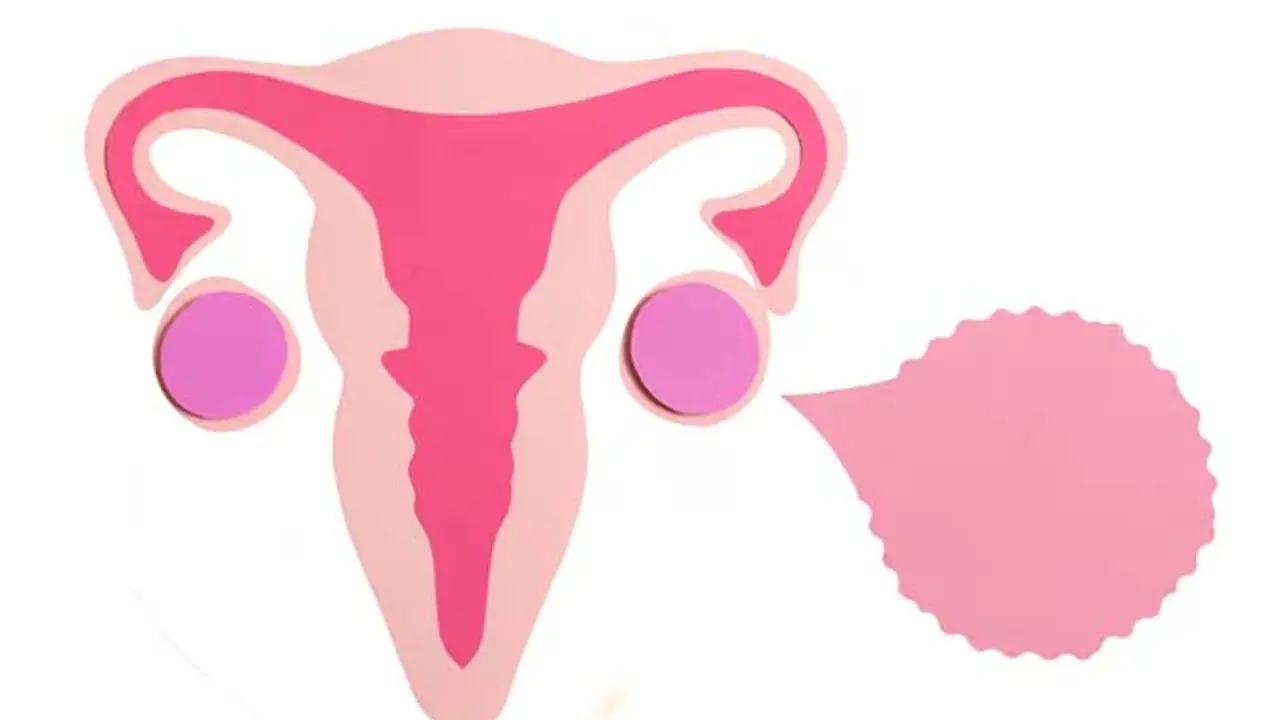Microplastics, tiny plastic particles, have recently been detected in human ovarian fluid, raising serious concerns about women's reproductive health.
Recent studies have revealed the presence of microplastics in human ovarian follicular fluid for the first time. These tiny particles, often less than 5 millimeters in diameter, infiltrate the body through ingestion, inhalation, or skin contact. Their detection in such a critical reproductive environment raises concerns about fertility and hormonal health.

Microplastics found in ovaries
Impact on Fertility and Hormonal Health
Microplastics act as carriers for toxic chemicals like BPA and phthalates, known endocrine disruptors. These substances can mimic or interfere with hormones, potentially leading to conditions such as PCOS, thyroid disorders, and ovarian dysfunction. This contamination may significantly impact fertility rates and disrupt hormonal balance.
Ways to Escape the Dangers
To reduce the risks, It is important that everyone should minimize exposure to plastics by using glass or stainless steel alternatives for food storage and drinkware. Avoid heating food in plastic containers, as this releases harmful chemicals. Support policies advocating for stricter regulation of plastic use and invest in eco-friendly products to reduce overall pollution.
Call for Comprehensive Research and Action
The findings highlights the urgent need to address the broader health risks of plastic pollution. Researchers call for extensive studies to better understand its effects on women’s health. Public awareness campaigns and innovation in sustainable alternatives will pave the way for healthier lives and a safer environment.


